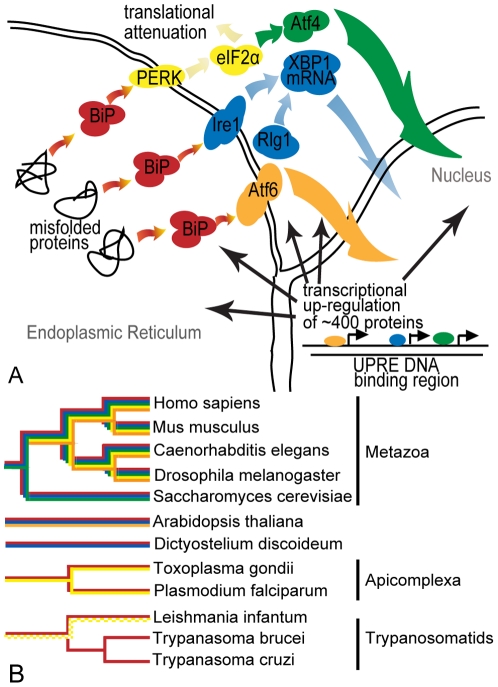Figure 1. The Unfolded Protein Response across eukaryotes prior to this study.
A) The accumulation of unfolded proteins (left) causes BiP (in red) to disassociate from the three transmembrane proteins leading to their subsequent activation: activation of Ire1 (blue) leads to the splicing of XBP1 (or HAC1 in yeast) mRNA; activation of PERK (yellow) results in the phosphorylation of eIF2α which in turn attenuates general cellular translation and up-regulates Atf4 (green); activation of Atf6 (orange) causes it to travel first to the Golgi where it is cleaved and then to the nucleus. Xbp1, Atf4 and Atf6 enter the nucleus where they bind to specific UPR Element (UPRE) binding motifs and up-regulate hundreds of proteins such as BiP. B) Phylogenetic tree of the 12 organisms in this study. Colors of the branches indicate that the proteins with the same color in (A) are present in that organism. Checkered branches indicate results determined by this study.

